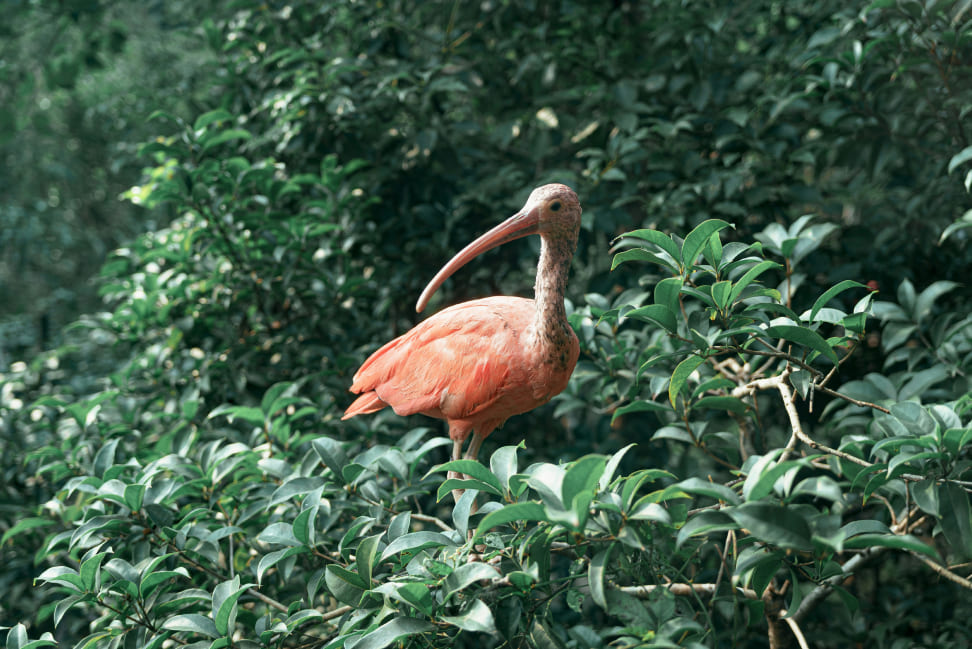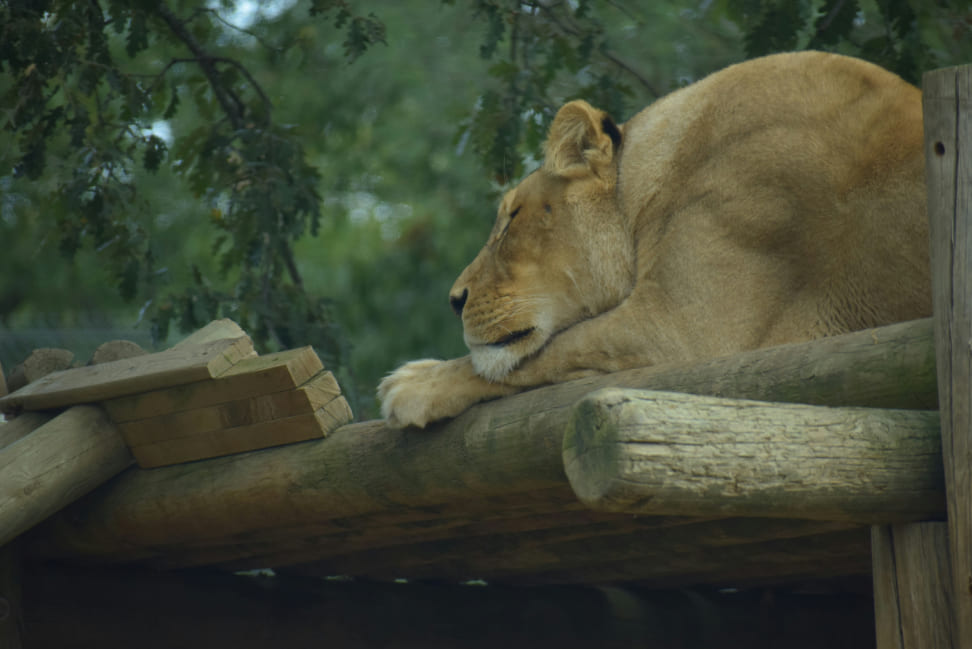One of the primary contributions of zoos is their ability to save endangered species through breeding programs. For example, species like the giant panda, Arabian oryx, and California condor have been brought back from the brink of extinction, thanks to the dedicated efforts of zoos. These breeding programs are carefully managed to ensure genetic diversity, which is essential for the survival of species in the wild.
Zoos also provide safe environments for animals that have been injured or rescued from illegal trafficking. For these animals, zoos act as sanctuaries where they can live without the threats they faced in the wild. Furthermore, zoos create enclosures that closely resemble natural habitats, allowing animals to display their natural behaviors and thrive.
Another critical role of zoos is education. By offering visitors a chance to see animals up close, zoos inspire people to care about wildlife and conservation efforts. Interactive exhibits, educational programs, and guided tours teach visitors about the challenges animals face in the wild, such as habitat loss and climate change. This awareness often translates into action, with people supporting conservation programs and advocating for environmental policies.

Bactrian Camel
The Bactrian Camel (Camelus bactrianus) is an extraordinary mammal known for its distinctive two humps, which set it apart from the single-humped dromedary. These humps store fat, providing energy and hydration during long periods without food or water. Native to Central Asia, Bactrian camels are masters of survival in some of the most inhospitable terrains on Earth, including deserts and steppes.

Scarlet Ibis
The Scarlet Ibis (Eudocimus ruber) is a visually stunning bird that captivates with its vibrant red feathers. This coloration is derived from their diet, which consists primarily of crustaceans rich in carotenoids. Found in the tropical regions of South America and the Caribbean, these birds inhabit wetlands, mangroves, and lagoons.

Lion
The lion (Panthera leo), often called the "king of the jungle," is one of the most iconic and majestic predators in the animal kingdom. Native to the grasslands and savannas of Africa, lions are also found in India’s Gir Forest. These powerful cats live in social groups called prides, consisting of several females, their cubs, and a few dominant males.

Japanese Deer
The Japanese deer (Cervus nippon), also known as the sika deer, is a graceful and adaptable species found in Japan and parts of East Asia. Recognized for their elegant spotted coats, which change with the seasons, these deer are symbols of cultural significance in Japan, often associated with Shinto traditions.

White Tiger
The White Tiger is a rare genetic variant of the Bengal tiger (Panthera tigris tigris), known for its stunning white coat with black stripes and piercing blue eyes. These tigers are not a separate species but a result of a recessive gene that occasionally appears in wild populations, primarily in India.

Indian Sambar
The Indian Sambar (Rusa unicolor) is one of the largest deer species, native to South and Southeast Asia. These majestic animals are characterized by their dark brown coats, sturdy builds, and impressive antlers, which can reach up to a meter in length. Sambars are nocturnal or crepuscular, often seen grazing in forests and near water sources during dawn and dusk.






